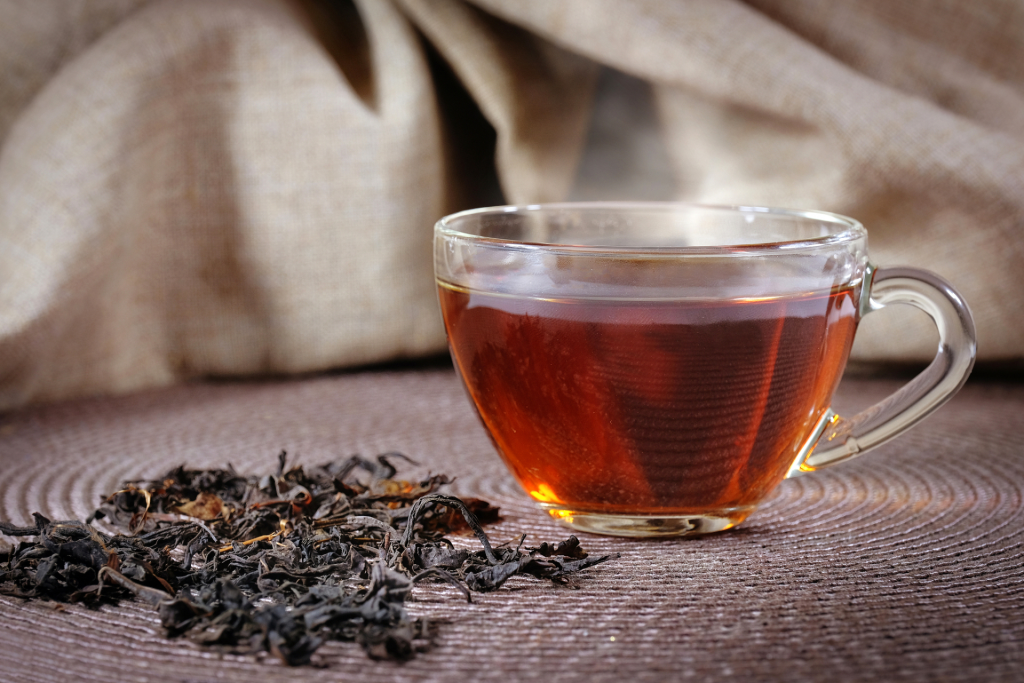Tea, native to China, has a long and rich history intertwined with culture and tradition. Among the myriad of tea varieties, white tea and black tea stand out due to their unique characteristics and health benefits. While both derive from the Camellia sinensis plant, their processing methods, flavors, and health impacts vary significantly. This article explores the distinctions and connections between white tea and black tea.

The Distinctions
White Tea
White tea is renowned for its delicate flavor and light, refreshing taste. It is crafted from the young leaves and buds of the Camellia sinensis plant, harvested primarily in the spring when the leaves are tender and fresh. The minimal processing involves careful picking and drying, allowing the tea to retain its natural flavor and aroma. This preservation of natural substances makes white tea high in antioxidants, which can help protect the body against damage from free radicals. Additionally, it is believed to have anti-inflammatory properties, potentially reducing the risk of chronic diseases such as heart disease and cancer. White tea’s calming effect and low caffeine content make it an ideal choice for those seeking to reduce stress, anxiety, or limit their caffeine intake.
Black Tea
Contrary to its name, black tea is not black in color when brewed; instead, it is known as “black tea” due to the dark color of its dried leaves. This variety is a type of fermented tea, originating from green tea leaves that undergo mixing, rolling, fermentation, drying, and other processing steps. The resulting tea has a strong, bold flavor and is often served with milk and sugar, although some prefer it plain. Black tea serves as a base for various tea blends, including chai and Earl Grey. It is one of the most popular tea types globally, enjoyed by people of all ages and backgrounds. Black tea also boasts antioxidants, potentially aiding in lowering cholesterol levels and improving heart health. Its calming effect makes it a great option for relaxation.
The Connections
Despite their differences, white tea and black tea share some fundamental connections. Firstly, both derive from the Camellia sinensis plant, illustrating their common origin. Secondly, they both contain antioxidants, contributing to their health benefits. These antioxidants can help protect the body against damage from free radicals, promoting overall well-being. Furthermore, both teas have calming effects, making them suitable for stress relief and relaxation.
However, the most striking connection between white tea and black tea lies in their processing methods. Both undergo specific techniques that shape their respective flavors and characteristics. While white tea retains much of its natural state through minimal processing, black tea undergoes significant fermentation, transforming its initial green hue into a darker, more complex tea. This transformation highlights the versatility of the Camellia sinensis plant and the diverse tea varieties it can produce.
In conclusion, white tea and black tea, though distinct in their processing, flavors, and some health benefits, share a common origin and contain antioxidants beneficial to health. Whether you prefer the delicate, refreshing taste of white tea or the strong, bold flavor of black tea, there is a tea out there for everyone. So, why not indulge in a cup today and savor its unique qualities while reaping its potential health benefits?



